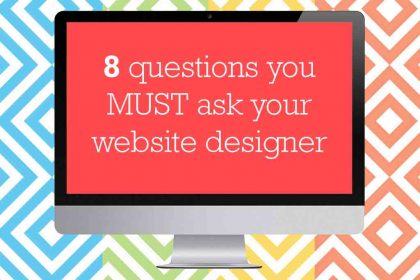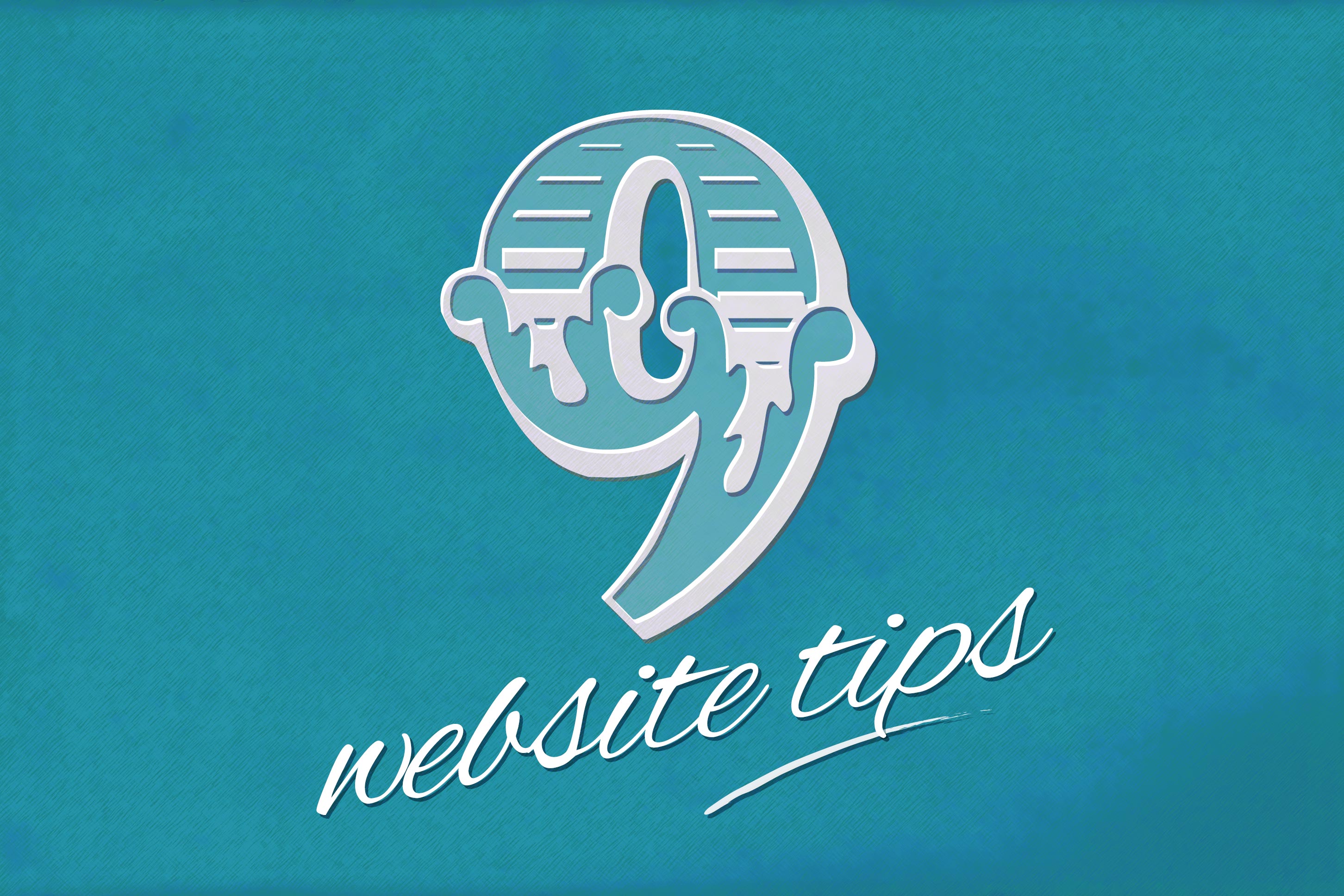Why pink stinks if you’re designing a website for women
Why is it that whenever we’re designing a website that’s aimed at female customers or clients, we immediately think of pink? Is that really the only colour that appeals to women?
Choosing a website design, colour scheme, imagery and tone of voice is a vital part of launching a freelance career or new business venture. Get it right, and your ideal customers or clients will immediately recognise that you’re the business for them. But get it wrong, and you risk alienating the very people you are working so hard to impress.
So we wrack our brains trying to think of things we believe our target audience will relate to and like – and if we’re marketing to women, as website expert Emily Ann Roy reveals, our first thought is often pink. (And it’s not just in the business world that pink is taking over – the Pink Stinks campaign is challenging the ‘pinkification’ of our children’s childhoods too.)
Pink isn’t even our favourite colour
But why should we universally be drawn to pink? We don’t automatically like the colour, just because we’re female. In fact, according to a 2003 study, blue is our favourite colour, followed by purple, green and red – there’s not even a mention of the P-word in our top 10.
The study also agrees with research that shows that the colours most likely to convert female customers are blue, purple and green.
So if pink doesn’t even feature in our preferred palette, why do we default to the colour? And more – beyond just colour, why do we so frequently revert to cliched ‘female friendly’ imagery and language when designing websites for women?
Painting a cliched picture
It seems pink isn’t the only knee-jerk reaction we have when designing websites aimed at women. Too many times I have been asked to review poorly-performing sites for clients, only to be faced with an explosion of:
Gold and animal print.
Champagne or cosmopolitans.
Huge necklaces, cutesy doll-like dresses, and platform heels.
Language like *~*gLaM + FaB + hOt*~*.
And these aren’t corporate websites run by men with a cliched view of what appeals to women – we are doing this to ourselves. This is women, trying to design something that they hope will attract other women, using colours and imagery they don’t necessarily even like themselves!
Why it’s all Carrie Bradshaw’s fault
I’ve been trying to figure out where this aesthetic is coming from, and personally I think it’s Carrie Bradshaw’s fault. Sex and the City made cosmos cool and introduced Manolo Blahnik to the masses. But while I get that it was a popular show, it debuted in 1998, and ended a decade ago. Yes, 10 YEARS ago.
So surely that means this faux-couture vibe is officially retro? And unless you’re ironically reviving the ghosts of Carrie and Miranda, it’s time to move on.
It’s not just you – I’ve done it too!
If you’ve fallen into the pink trap, don’t feel too bad – I’ve done it too. I’ve thought, “Women are my target audience so my site should be more womanly. I know, I’ll make it pink! That way the ladies will know it’s for them.”
But really, do we have such contempt for each other that pink cocktails or Louboutins have become our business models? Maybe it’s finally time to put them to bed. They’ve had a good run, after all.
So what should your website look like?
So if your online brand shouldn’t be a default pink cocktail or fashion accessory if you’re appealing to women, what do you do? It all comes down to the same key basics (which apply whether you’re talking to men or women). A great website should be:
Clear and easy to navigate.
Updated with fresh content.
Memorable (in a good way).
Constantly tested and optimised with real analytics.
Growing your business.
Start there. Above all your site needs to work – visitors should know what you want them to do, and they should be able to contact you or make a purchase.
After basic functionality, you can start thinking about design and copy. Branding is big business. You want to strike a balance between being yourself, and connecting with your ideal clients (who may be very different from you).
Make your target clients feel comfortable
To get an idea of how to present your offering to appeal to your ideal client, ask yourself these questions:
If I was spending the day alone, exploring a new city, what would I wear?
If I was spending the day with my ideal client, exploring a new city, what would I wear?
Are your answers different? You might change your style a bit to connect better with your client, but would you show up in a Juicy Couture track suit? Even if your client was J-Lo and you were meeting in a time machine, I doubt it.
You want to be yourself, in a way that puts your ideal client at ease. For example, I have 00 gauges in my ears. When I’m meeting with a corporate client, I’ll usually wear my hair down. I don’t hide my gauges, but I don’t show them off either.
But how does this translate to my website? Just as my clients don’t need to see every single part of the ‘real me’ when meeting face-to-face, I’ve toned down the casual language and trendy design on my website to (hopefully) strike a balance between edgy and approachable.
You don’t need to banish pink altogether!
Despite appearances here, I’m not a complete pink-hater. If you genuinely like pink, that’s fine! You don’t need to hide your love for all things rose-coloured in shame.
Feel free introduce some pink accents on your site – just be careful not to turn your website into a Barbie-esque riot of the colour (with glitzy cocktails to boot). After all, there’s a whole rainbow of colours out there to choose from!
Emily Ann Roy builds and manages WordPress websites for down-to-earth entrepreneurial women. She’s also forever tweaking her own website.










